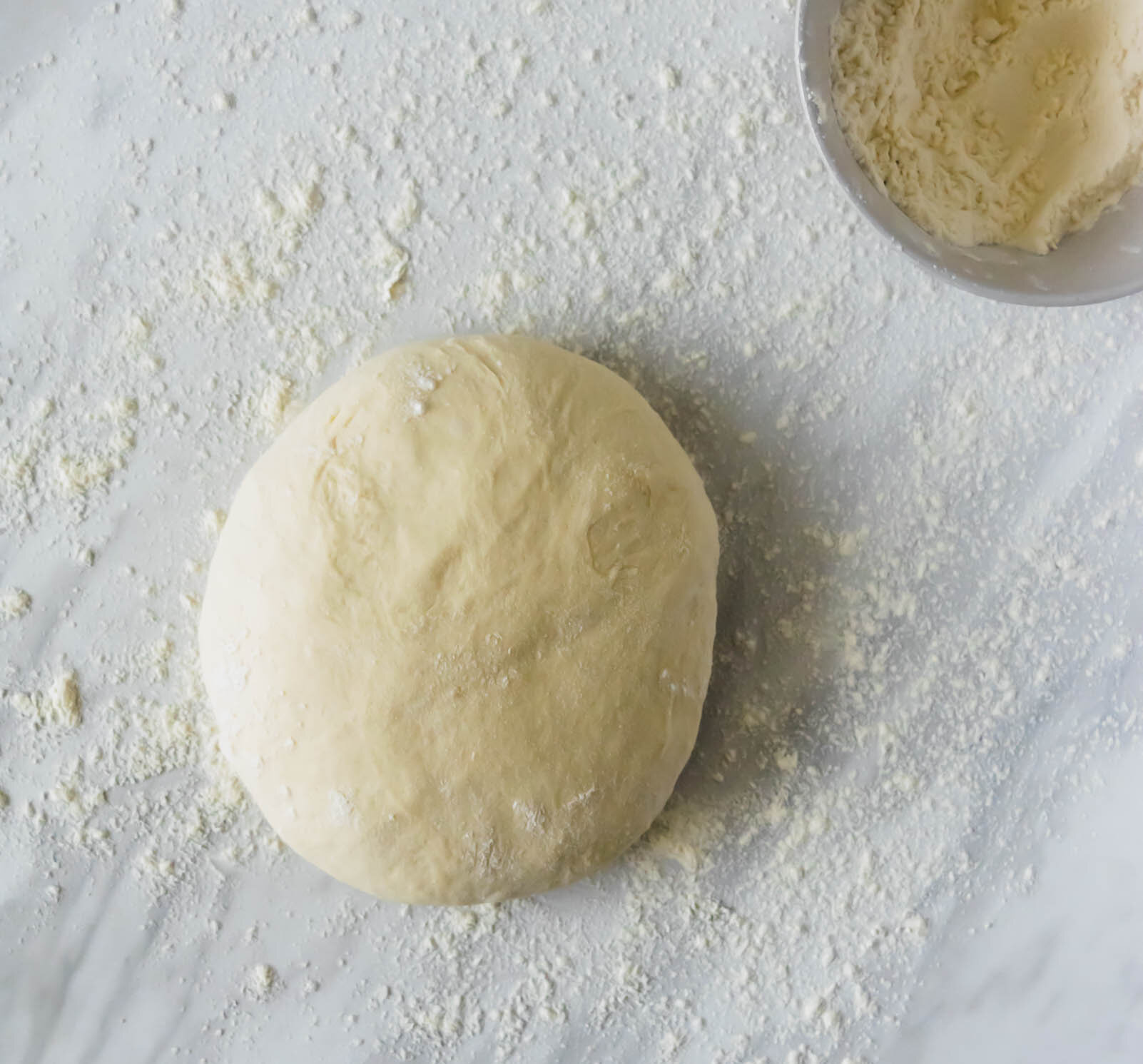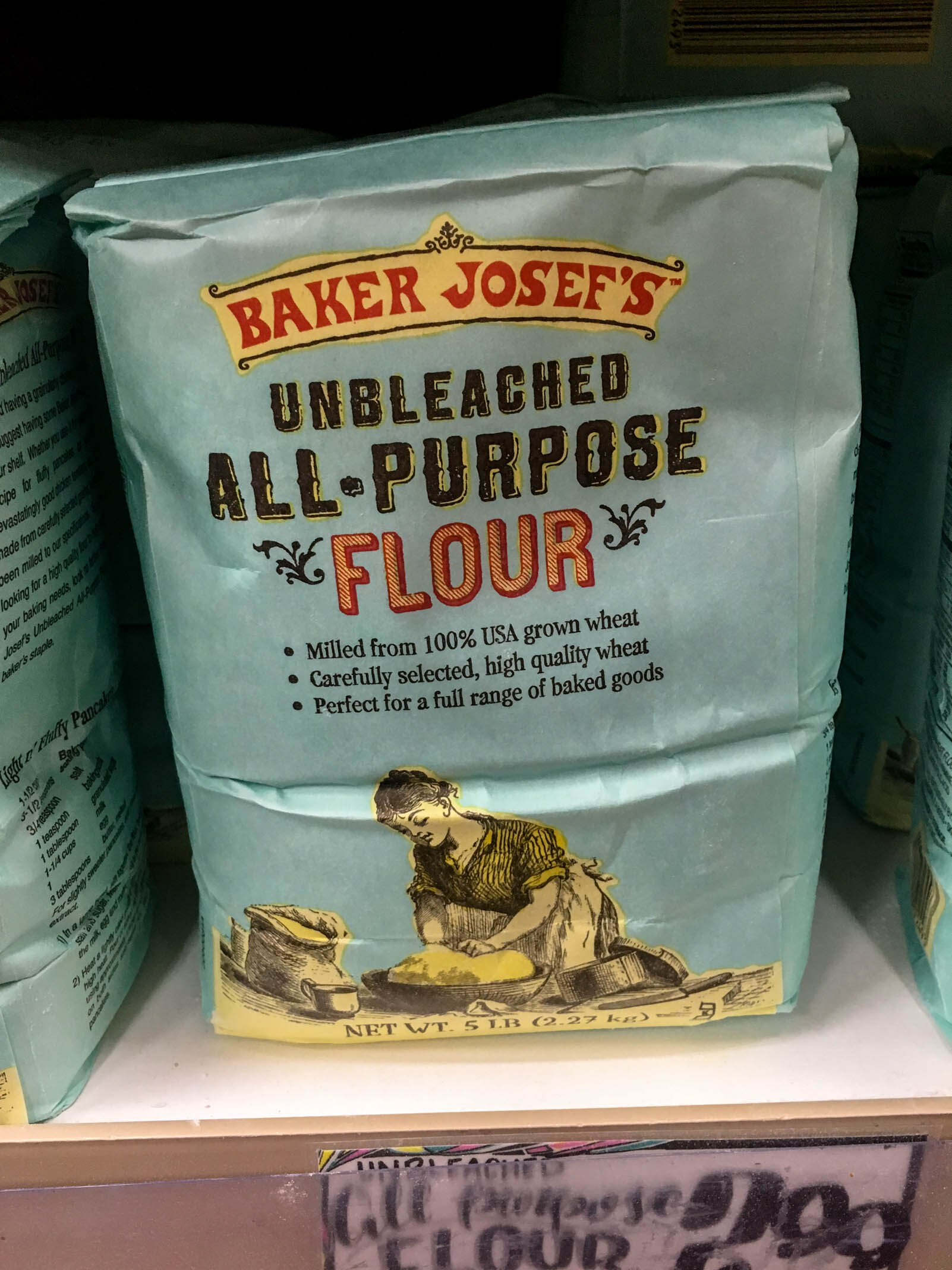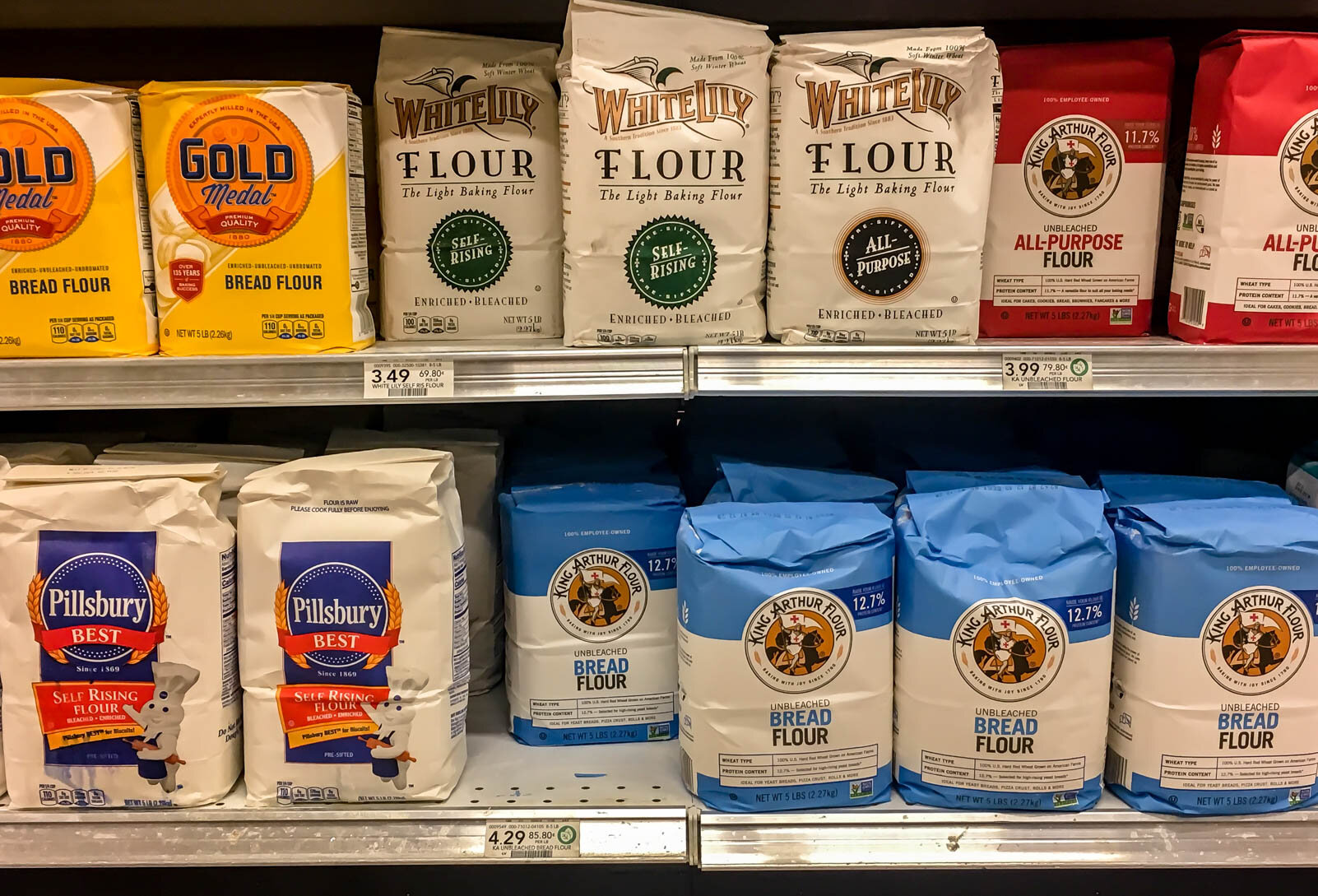All About Meringue
/baked swiss meringue cookies filled with berry jam
Earlier this week, after spending the last few days working on custard recipes and special order cakes, I found three deli containers of egg whites shoved in the back of my fridge. In an effort to curb food waste and do a little deep dive on here (because it’s been a while), we’re going to spend the day talking about all things meringue—aka, the most fun thing to make with all of your extra egg whites. So let’s get started!
Also, if you’re someone who isn’t into reading and wants a much shorter meringue run-down, you can find a 30 second reel on my Instagram!
What is meringue?
First off, what exactly is meringue? Simply put, meringue is the combination of egg whites and sugar, whipped to create semi-stable air bubbles. It can be baked, piped, buttercreamed, torched…really, the possibilities are endless. Egg whites are made up of water and protein. When they are whipped, the protein strands begin to unravel and they create little stretchy networks that capture the water and air bubbles. (This is what happens when you whip egg whites without sugar for folding into a batter. When baked, those air bubbles create steam and function as a leavening agent.) When sugar is added to the mix, it helps to stabilize the foam and create elasticity, giving us swoopy, glossy meringue. Occasionally, an acid such as cream of tartar or lemon juice is added to give an extra bit of stability insurance, but it’s not a necessary ingredient in the meringue-making process.
italian meringue
While there are a multitude of meringue processes and methods, the three most common types of meringue are French, Swiss, and Italian. Each use the same base ingredients (egg whites + sugar), but each have a slightly different methodology which results in different levels of stability and different usages.
French Meringue
French meringue is also sometimes called “common meringue” and it is the simplest and most straightforward type. Egg whites are placed in a clean mixing bowl and whipped until they begin to froth. Then, sugar is gradually streamed in (while whipping), and after all of the sugar has been added, mixing speed is increased until the meringue reaches your desired stiffness (*see tips and tricks below). When making French meringue, take care not to add all of the sugar at once, or it will weigh down the egg whites, preventing all of those air bubbles from forming. Because French meringue uses raw egg whites, it must be baked, often at a very low temperature, until crunchy on the outside and the bottom of the meringue can be lifted off of the pan. French meringue is a great base for pavlovas, meringue cookies, and eton mess. French meringue is the least stable type of meringue and should be baked immediately to prevent separation and weeping.
Swiss Meringue
Swiss meringue is my very favorite of all the meringues because, IMHO, it’s the most versatile. Swiss meringue is the second most stable meringue and is can be used in really any application. Want to bake it like a French meringue? Go for it. Looking for a buttercream base? Meet your BFF, Swiss meringue. Interested in torching it on the side of a Baked Alaska? Swiss is here for you. To make Swiss meringue, egg whites and sugar are combined in a heat-proof bowl and then placed over top of a pot of boiling water. They are cooked, stirring frequently to prevent scrambling, until hot to the touch and all of the sugar has dissolved. The mixture is then transferred to a mixture and whipped until room temperature, glossy, and beautiful.
Italian Meringue
Finally, we have Italian meringue. Italian meringue is the most stable type of meringue, and is often considered the most difficult type. She's gonna make you work for her stability. I wouldn’t say the Italian meringue is difficult, just a little tricky. Egg whites are added to the bowl of a mixer and then set aside for a bit. Meanwhile, the sugar is combined with water in a saucepan and cooked to a syrup (242°F). While the sugar is cooking and when it is starting to get close to that perfect syrup temperature, you begin whipping your egg whites. Ideally, your egg whites will be starting to froth just as your syrup reaches 242° F and that’s when the real fun happens. The hot syrup is slowly streamed into the whipping egg whites. When all of the syrup as been added, the mixer speed is increased and the meringue gets whipped until cool and elastic. It takes a little practice, but once you’ve mastered the temperature and the syrup drizzle, Italian meringue makes the best buttercream around town.
P.S. there is a great, very versatile Italian meringue buttercream recipe, as well as a French meringue pavlova recipe + even more on meringues, in my e-book, Pastry Foundations
bananas foster eton mess made with French meringue, recipe coming soon
What can you do with meringue?
Meringue can be used in many different applications and is the base of some of our favorite desserts. Baked meringues can be made into pavlovas or cookies, topped with fruit, jams, whipped cream, nuts…pretty much anything. Maybe the most common application is buttercream. For both Swiss and Italian meringue, room temperature butter can be added to room temperature meringue to create a very smooth, buttery frosting. Swiss and Italian meringues can be piled on top of finished pies, like this Key Lime Pie, and torched in place of whipped cream, while French meringue can be baked atop your favorite pie or tart. Italian meringue is also the base of homemade marshmallows.
Meringue Tips and Tricks
When it comes to working with meringue, cleanliness is your best friend. Egg whites can be a bit finicky and will refuse to whip if there are any traces of fat near them. This means that you should make sure that your bowl is clean and that there are no little wisps of egg yolk in your whites.
Cleanliness is also important when it comes to sugar. Make sure that there are no large clumps or little foreign specks in your sugar, as these can weigh down your whites or cause crystallization.
The fresher the egg, the better your meringue. If you’re struggling with your meringues and the egg whites don’t seem to be whipping properly, they may be too old. Dump it out and try with fresh eggs.
Heat and humidity do not play well with meringue. Once baked, store meringue in a cool, dry place to prevent stickiness and collapse.
Most of the time, meringue done-ness is discussed in terms of peaks—soft, medium or stiff. I usually like to explain the difference between the three by using pictures, but I’ll try to use my words to help you create a picture in your head. When you remove the whisk from the bowl, the meringue at the top should create a tip. If the tip immediately falls back over onto itself, you’ve reached the soft peak stage. If the tip stays upright, but the very top of it falls back onto itself creating a little wave look, you’ve reached medium peaks. If, when you pull the whisk out of the bowl, the tip stands upright, you’ve reached the stiff peak stage.
more meringue recipes
brown sugar pavlovas with mascarpone cream
key lime pie
chocolate cake with chocolate milk swiss meringue buttercream






















